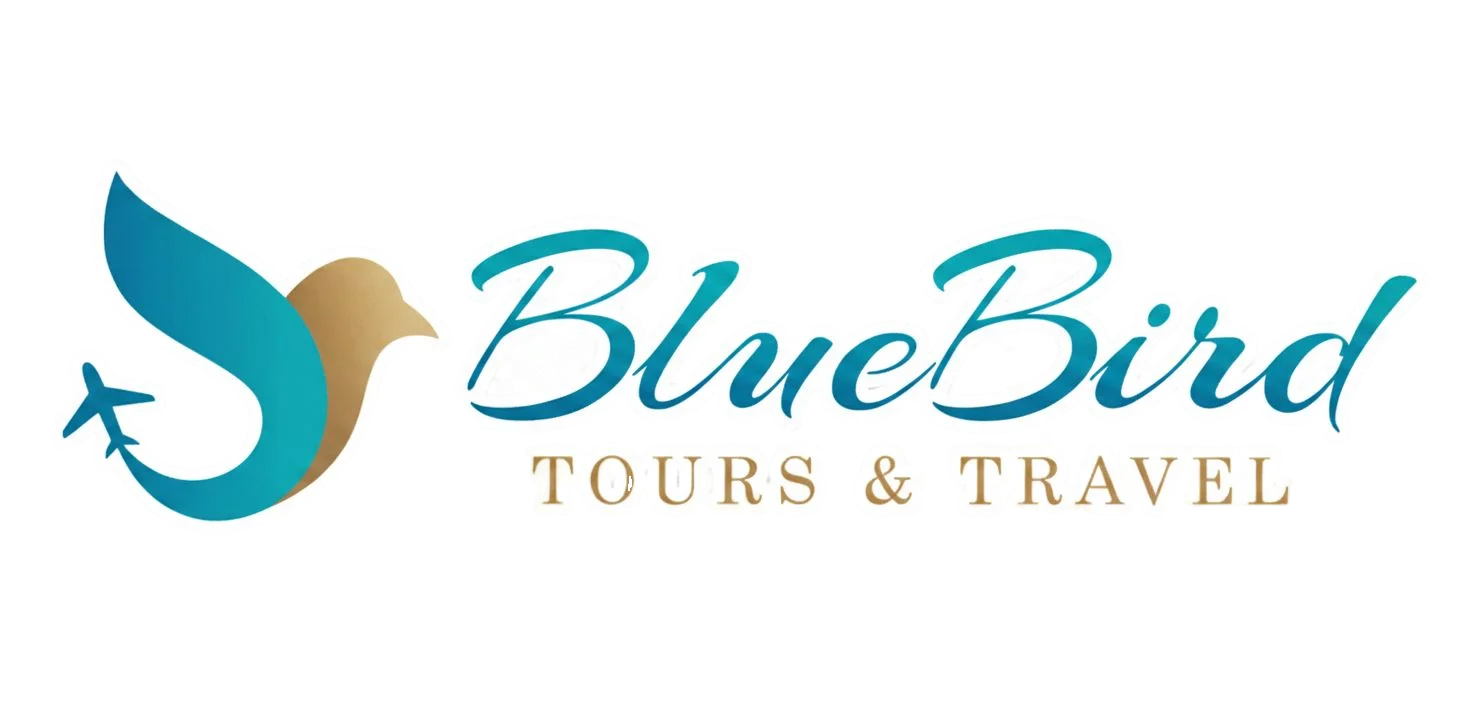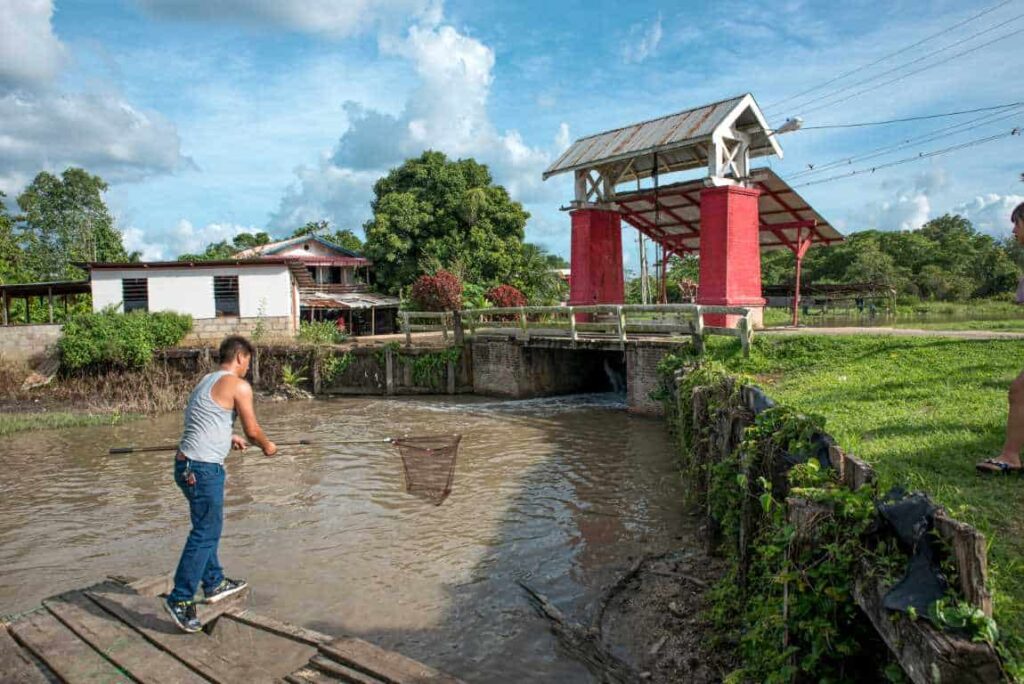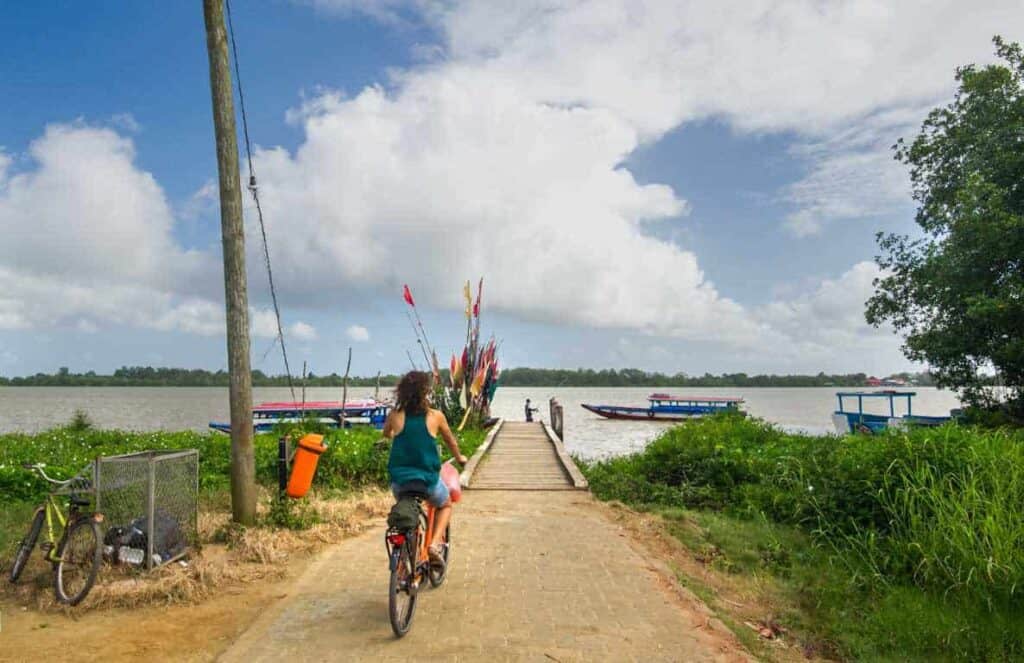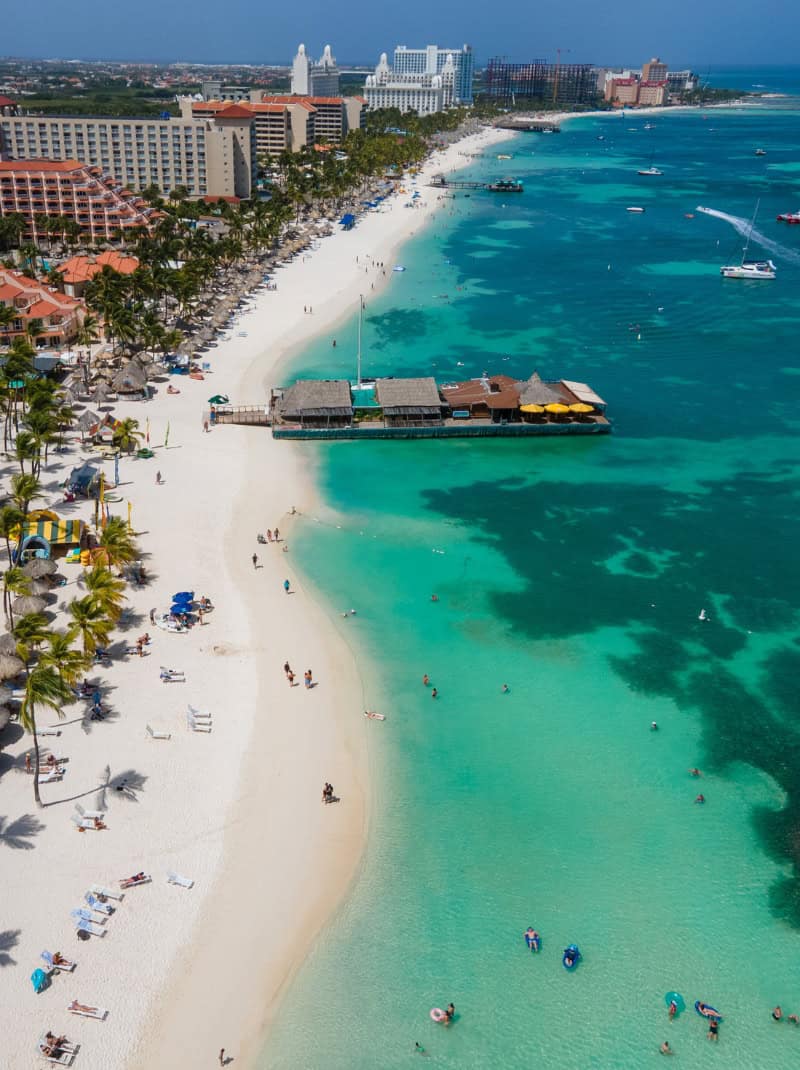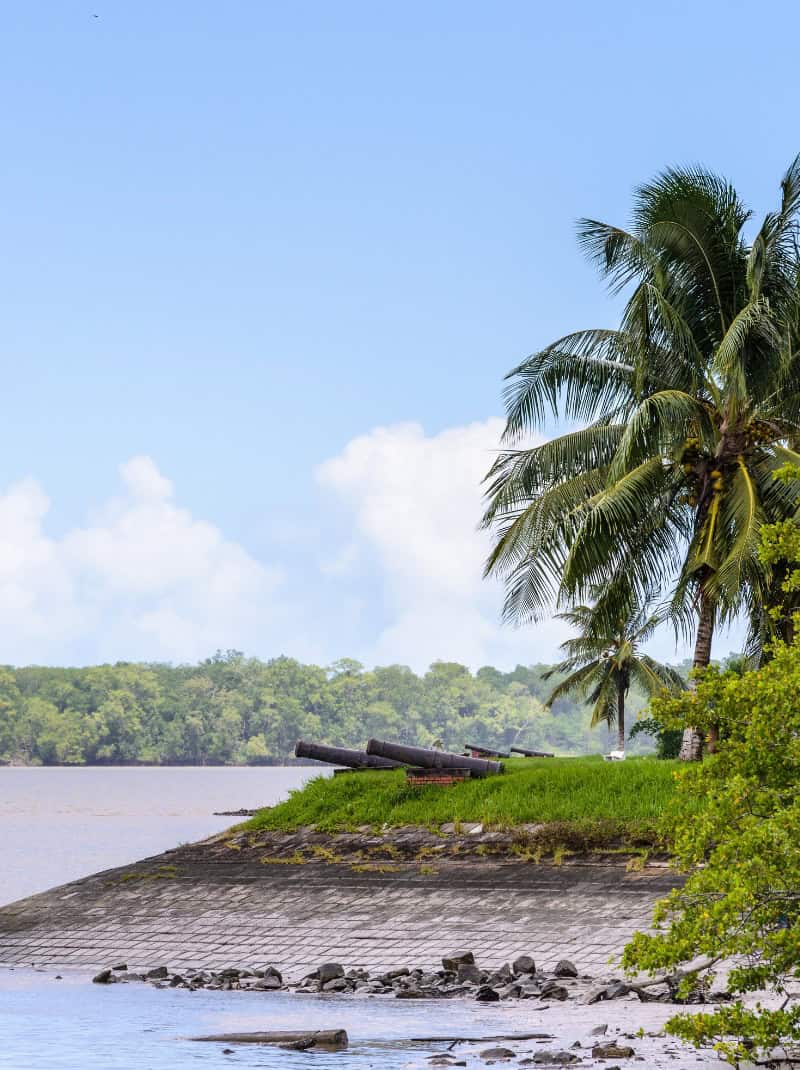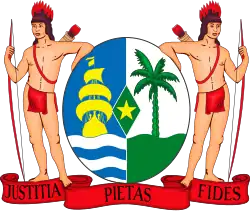
Coat of arms Suriname and meaning of the national symbol
What is the coat of arms of Suriname and why is it important?
The coat of arms of Suriname, the national symbol of this country, gives direction to how residents see themselves and their history. You can see it on official documents, flags and in the streets of cities such as Paramaribo. The design combines elements that recall the colonial past and the contemporary pluralism of Suriname. As a traveler, you learn more about the stories of cooperation, pride and the search for justice through this weapon.
The symbolism of the coat of arms reflects the core values of Suriname. The five-pointed star represents hope and progress; the motto Justitia Pietas Fides refers to justice, devotion and faith. Symbolic figures and colors illustrate the rich history and nature of the country. The coat of arms acts as a visual anchor on which residents and visitors build trust during a journey along cultural hotspots, markets and nature parks.
The impact on well-being is subtle but meaningful. A sense of belonging to a national identity can reduce physical and mental stress and increase social cohesion. For you as a visitor, this means that getting to know the weapon through guides, museums or walks along historical sites is not only informative, but also emotionally stimulating and soothing during a journey full of discoveries.
Coat of arms Suriname Symbolism, Design and Health
Symbolism and design of the coat of arms Suriname
The coat of arms Suriname is more than a decorative emblem; It functions as a visual compass for national thinking and collective memory. The design principles connect the legacy of the colonial era with the contemporary diversity of Suriname. A central element is the Surinamese coin that refers to economic and historical context, while the other icons referred to fauna, flora and human stories. The designers use craftsmanship from authentic jewellers and specialist workshops to ensure consistent dimensions, colours and materials. This creates a reliable representation that is transmitted on flags, official documents and in museums. The five-pointed star symbolizes hope and progress, and the Justitia Pietas Fides motto underscores justice, commitment, and faith. In production environments, this translates into strict approval rounds, documentation and quality control, ensuring that each reproduction retains the same symbolic charge.
Production processes and health impact
In addition to symbolism, the production of the weapon and its derivative media determines how people experience a shared identity. The process includes design, regulation, proofing, and finally production for flags, brochures, and education purposes. Those phases stimulate employment, which in turn affects the social determinant of health. A sense of pride and belonging can reduce stress and increase the sense of security, which has positive effects on mental well-being and social cohesion. Through educational routes and tourist initiatives, visitors come into contact with the stories behind Surinamese literature and the legacy of authors such as Lou Lichtveld. This reinforces narratives around identity and contributes to cultural health. In addition, symbols from the coat of arms can appear on artisan jewelry and small charm bracelets, bridging tradition with modern consumption, such as spices from Suriname and traditional crafts held by local workshops.
Applications and educational value
The combination of symbolism and production has practical applications in education, tourism and public design. Documentation, exhibitions and publications help with the understanding of historical context. A simple comparison of elements helps learners and travellers:
- Design and approval
- Production and quality control
- Distribution and education
In a brief overview, the Surinamese coin or other manufactured objects provides a tangible connection between history and daily life, promoting health and well-being through social connectedness. A brief overview of symbols, their meanings and production aspects is summarized in the table below.
| Element | Meaning | Production aspect |
| Five-pointed star | Hope and progress | Frozen and reproduction on flags and documents |
| Justitia Pietas Fides | Justice, Commitment, Faith | Artful calligraphy and consistent designs |
| Colors and Shapes | Nature and stories | Painting and printing techniques, conservation |
The transition to the new flag of Suriname
In the run-up to independence, the Surinamese government organized a design competition for a new national flag in 1975. More than 270 entries showed Jack Pinas’ design as the winner, but was still adjusted prior to adoption. The final flag, with five horizontal stripes (green-white-red-white-green) and a yellow five-pointed star, was officially adopted on November 25, 1975, the day Suriname became independent from the Netherlands . The green stripes symbolize fertility, the red stands for progress and struggle for a better life, white for freedom and justice, and the star radiates unity and hope for a golden future. The transition was marked by a solemn ceremony in which the old union or governor’s flag – the Dutch tricolor or the white panel with five connected stars – was taken off and the new flag was ceremonially hoisted on Independence Square in Paramaribo
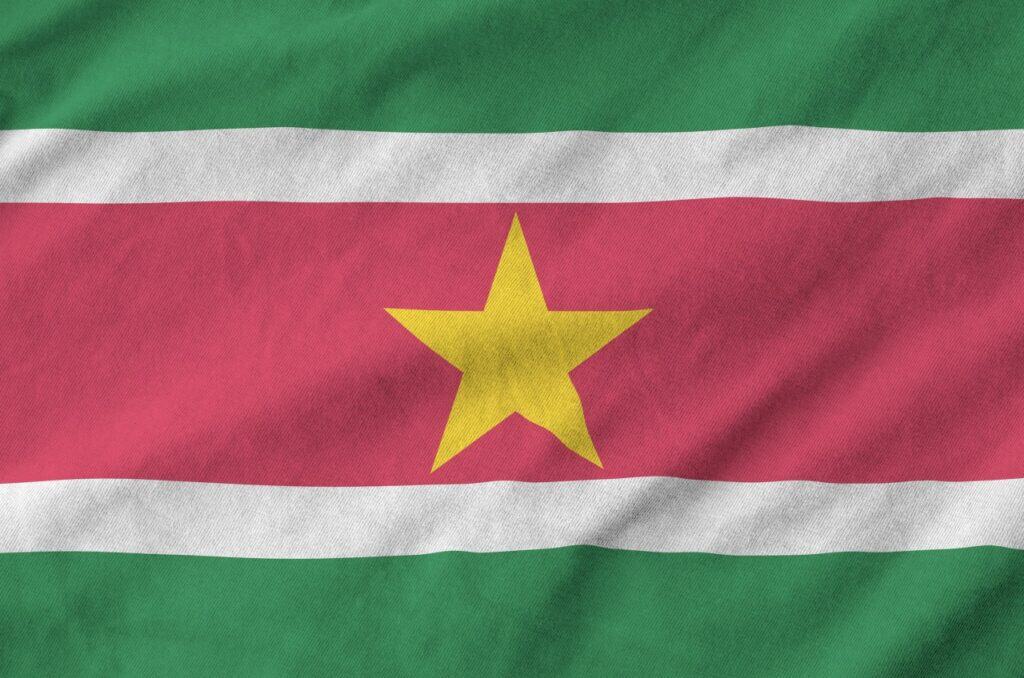
.
Frequently asked questions (FAQs)
What meaning does the coat of arms of Suriname have today for travelers visiting Paramaribo?
The coat of arms Suriname functions as a visual compass for travelers; It gives context to encounters with guides, museums and markets. Through symbols such as the five-pointed star and the motto Justitia Pietas Fides, visitors learn that pride in diversity goes hand in hand with justice. In official documents and on flags, the coat of arms appears as a reminder of history, but also of contemporary cooperation. For many travelers, seeing this symbol can provide peace and confidence during a packed journey of discovery.
Which symbols on the Suriname coat of arms speak specifically to your travel experience?
During a visit, travelers mainly learn the symbolism of the star, the motto and the fauna and flora that can be seen as pictorial stories on the shield. The five-pointed star stands for hope and progress, while the motto Justitia Pietas Fides is a reminder of justice and loyalty in a pluralistic society. When visiting museums and cultural centers, these elements help visitors interpret symbolism, have conversations with guides, and link stories to walking routes, markets, and encounters with local artisans.
How do Public Works and Natural Resources become connected to the symbolism and educational value of the Suriname coat of arms?
Public Works and Natural Resources provide context for how children and adults learn more through education about the Coat of arms Suriname. The design and production of official communications highlight how public projects, water management and ecology are intertwined with heritage. Visitors discover the relationship between symbolism and practical decision-making in exhibitions. Through this link, history and culture become more clear, and travelers discover how the past influences contemporary choices in infrastructure, urban planning and community development.
Is there a link between the coat of arms and education about Spatial Planning and Administrative Division in Suriname?
Yes, many educational trajectories link symbolism to topics such as Spatial Planning and Administrative Division by means of teaching materials and project lab tours. The coat of arms serves as an illustration of how history, politics and planning come together in a country with diverse communities. Schools and museums display maps, plans and explanatory texts that provide a context for decision-making, heritage conservation and participation. The aim is to show travellers and students how symbolism bridges the gap to practical social issues.
What can lovers of Surinamese literature learn about symbolism such as the five-pointed star through the coat of arms, with references to Lou Lichtveld?
Lovers of Surinamese literature discover through the coat of arms Suriname how imagery and symbolism tell history. Stories by authors such as Lou Lichtveld offer links between identity, resistance and culture. Visitors can reflect on themes such as justice, colonial heritage and pluralistic voices in libraries, exhibitions and urban routes. By comparing literary examples with symbols on flags and documents, one creates a deeper understanding of contemporary Surinamese art and how words shape history in everyday experiences.
Which craft products, such as basic charm bracelet, fit the subject of coat of arms Suriname?
Artisan jewelry such as a basic charm bracelet gives tourists something tangible to take back with them. Such a piece of jewellery can depict elements from the coat of arms, such as the star or motifs inspired by flora and herbs. Local workshops use traditional materials and know-how, which increases the value of a trip. During shopping sessions and in museums, one often finds adaptations with symbols from Suriname and herbs. Wearing such a piece of jewelry stimulates conversation, connects culture with everyday life and encourages reflection on what one has learned along the way.
How can you find authenticity at jewellers and workshops that depict the coat of arms of Suriname?
Choosing authentic jewellers is important to get an honest and qualitative translation of the coat of arms Suriname. Look for transparency in materials, craftsmanship and local business stories. Ask about the origin of stones and the process of manufacture. Visitors often find recommended studios through official cultural institutions and urban markets. A visit to a licensed store can also lead to educational conversations about symbolism, craftsmanship and national pride, making the trip not only visually but also intellectually enriched.
Which sources like West-Indische Gids provide historical context about the coat of arms Suriname?
Historical sources such as the West India Guide provide context for the coat of arms of Suriname and the colonial legacy. By studying old articles and illustrations, visitors learn how symbolism has evolved, which lines the coat of arms has crossed and how narrative influence took shape. These resources also help in understanding the relationships between peoples, trade, and governance in the region. Libraries, digital archives, and museums allow visitors to read in depth and compare with contemporary displays.
Your journey, just the way you want it
Whether you dream of a private snorkeling tour, a surprise trip for a special occasion or just want to be completely unburdened, we will arrange it!
Together, we’ll put together a unique experience that perfectly suits your needs. Personalized, flexible and organized to perfection.
